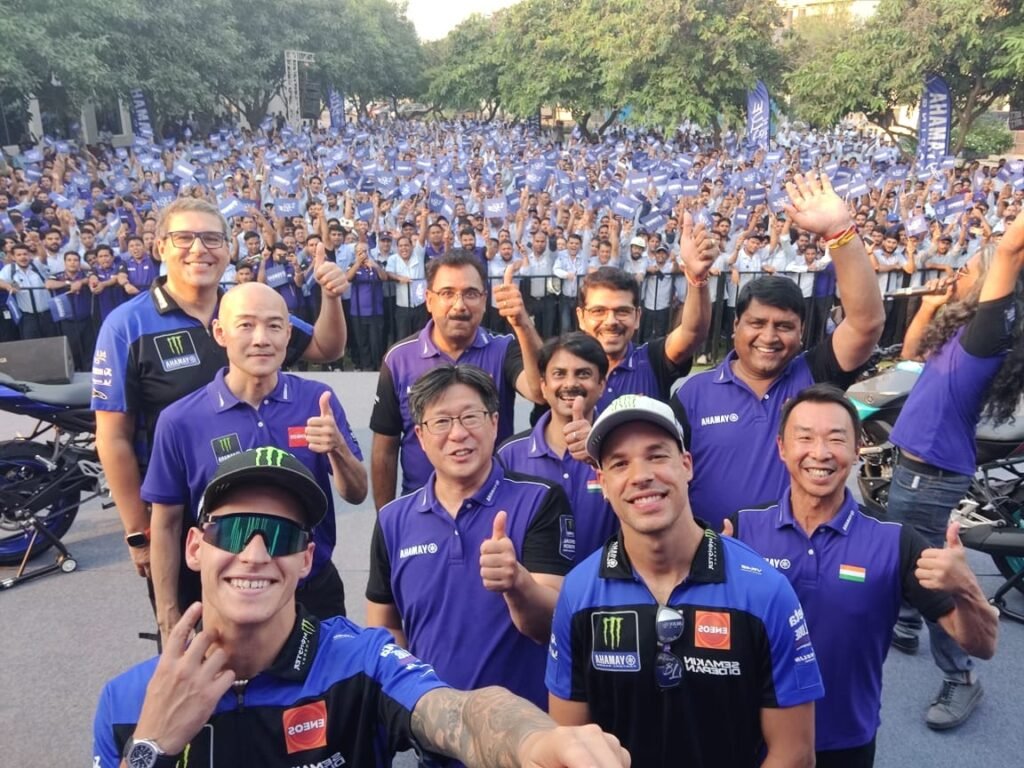
By Mr. Rakesh Raghuvanshi, Founder and CEO- Sekel Tech
As businesses expand their digital presence to stay ahead of the curve, they are also using it to push their brand messaging to a specific audience purely based on the location that they are in. As they adopt digital tools to make this happen, brands are also being mindful of how they target customers on the go with mobile advertising. The emergence of geofencing is among the methods of pushing advertising that businesses are increasingly using as a means to connect with their customers and also get around competition.
Narrowing down this customer outreach further, brands are exploring hyperlocal geofencing as an option. This helps them reach out to customers who are specific to their interests based solely on their location. Imagine a customer walking past a coffee shop and he receives a push notification announcing special discounts that store has to offer on its best fresh brews. The same could also apply to shoppers being notified of an offer as they pass a retail outlet in a mall or a burger brand using it to lure customers away from the competition. Hyperlocal geofencing is drawing up a focused, area-based approach concentrating on a specific location that the brand wants to target.
Data released by Straits Research in February this year showed that the geofencing market was valued at USD 580.65 million. It is projected to grow with a CAGR of 16.3% during the forecast period till 2026. Another report by Technavio showed that the geofencing market size is expected to increase by USD 2.21 billion from 2020 to 2025, registering a CAGR of 23.96%.
Geofencing advertising could extend to cover an entire city, a particular pin code, state, and so on. Hyperlocal geofencing on the other hand could be just targeting one particular event, a trade show, location or neighbourhood, a single store, or just a shopping district. And so, while geofencing advertising as a whole could apply to a general geographic area, hyperlocal is more specific in ensuring that your money is spent on advertising only within the specified or geofenced geographic boundaries.
Advertising on-the-go
It is said that 99% of traditional advertising campaigns, both digital and regular, have an element of geography-based targeting attached. As long as a brand intends to use hyperlocal geofencing for advertising, all it takes is a hyperlocal advertising plan that maps out the specific area it is intended to focus on and is geofenced using longitude and latitude details. The fact that we live in a world that is increasingly using mobile smartphones to search and research makes things easier. About 60% of all searches online are from a mobile device, say data. And this is how geofencing makes specifically targeted advertising aimed at customers on the go, simple and easy.
Access to data is not alien to business marketplaces today as an increasing number of brick-and-mortar operators turn digital. There is no more guesswork in play, and instead, the idea is to make sense of the data available. Data is what helps most businesses today in targeting at the most local level possible. The geofencing concept helps target a user’s mobile device for its hyperlocal Ads to appear. From their own Apps to third-party Apps that allowed advertising to the mobile browser, brands are using hyperlocal geofencing to stay connected with customers based on their location. Along with winning the attention of the user, the geofencing concept makes precision-based targeting with content a reality. Geofencing boosts local sales, and lets brands put out the right message at the right moment while ensuring that it is completely cost-effective.
Infinite possibilities
Studies show that geofencing capabilities make location-enabled notification-based marketing 10 times more effective than standard push messages. Perceived as an ultimate tool in marketing that engages mobile users, geofencing helps marketers run promotions using contextualized marketing campaigns. Geofencing helps brands increase analytics and offers tools for metric analysis. Besides offering promotions, brands using geofencing can measure its impact by way of sales, time spent by customers targeted by Ads, frequency of visits, and a lot more. With data offering an insight into customer behaviour, marketeers use the hyperlocal geofencing strategy basing it on offering content that appeals to customer interests and needs. Using mobile marketing as a powerful tool, geofencing advertising allows brands to offer an experience that will convert into store visits leading to revenue generation.
Geofencing is a powerful tool that has many more possibilities that need to be explored. For instance, in the context of a retail outlet or a restaurant, ordering ahead of the customer’s actual arrival or detection of arrival are possibilities that can become reality. And then the use of hyperlocal geofencing has an altogether different use. It can be used to create a geofence around competition so that a customer receives your business messaging when they are in the vicinity of a competitor. Smarter messaging ensures that the customer head to your outlet and not that of the competitor. An example of smart messaging is offering the customer a discount coupon with a reminder that your store is just around the corner.
With studies indicating that 63% of consumers appreciate personalized messaging, the future for hyperlocal geofencing is bright. As marketers create customized content, technology enables tracking data that makes the customer feel special through the messaging. Social media platforms like Facebook and Google making it easy for brands to set up geofencing advertising through their users is good news as brands have begun to use a mix of GPS, cellular data, and Wi-Fi data for accuracy.
Finally, as brands make the best out of it and get every customer on the go, it is important that one uses all techniques of geofencing marketing – from contextual and content targeting to scheduled targeting and retargeting of customers as they move through the purchase funnel creating new opportunities.





